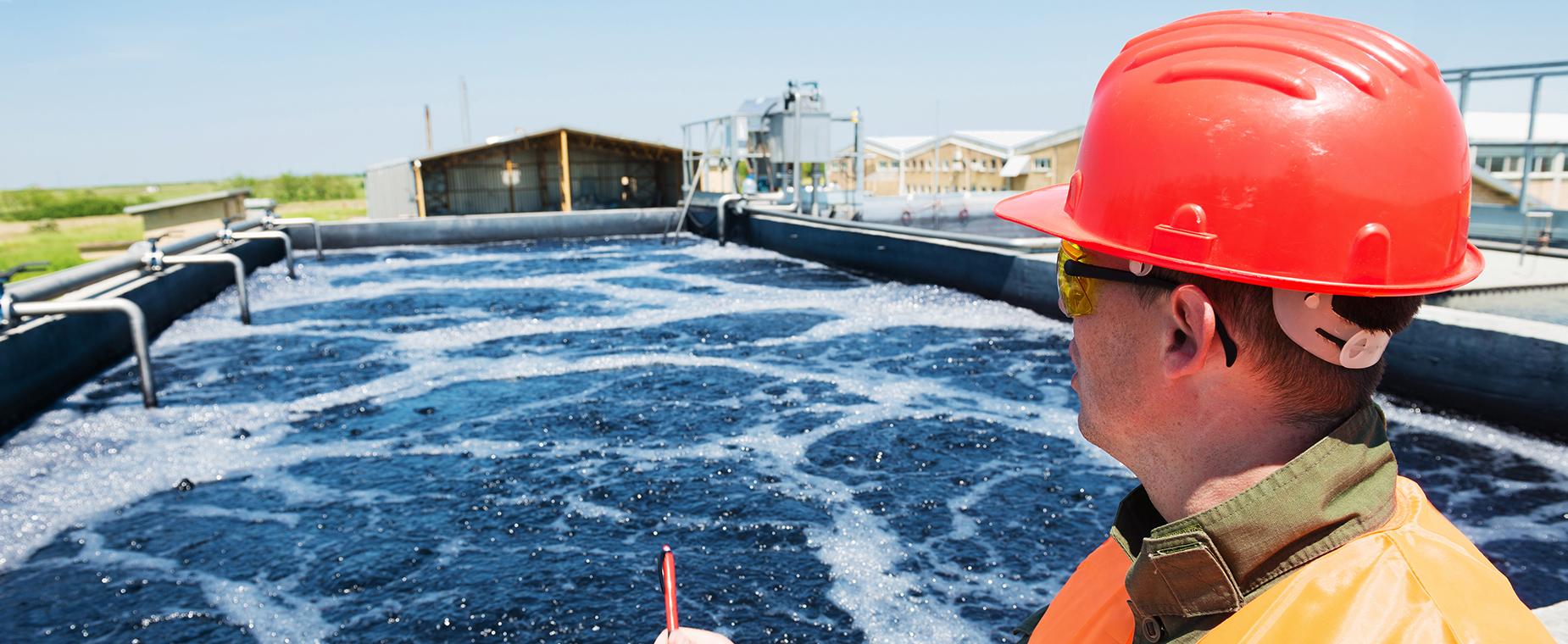Wastewater Terms and Definitions

By: Steven Lambert | Dec 03, 2020
Many of the terms used in wastewater overwhelm the novice operator, and at times, it is the fault of the trainer. Instructors often assume that we are explaining the terms when we fail to realize that our nomenclature is not the native language of the trainee. Simple but relentless explanation of these terms and how they relate to water treatment is necessary. Here are some important terms that you should understand:
ACTIVATED SLUDGE is the result and treatment choice derived from fostering the growth of aerobic bacteria in an aerated liquid (waste water). The result is a high population of organisms that “eat” biodegradable pollutants.
AEROBIC in terms of microbiology means dissolved oxygen is required to maintain life.
AERATION is the practice of applying a source of oxygen to aerobic organisms for activated sludge and other treatment.
ANAEROBIC is the term used for a microbiological environment wherein the microbes do not require dissolved oxygen to live.
ANAEROBIC DIGESTION is a process to reduce pollutants without dissolved oxygen.
ANOXIC is an environment of low or no dissolved oxygen that forces bacteria to get oxygen from the pollutant molecule. This is used to “crack” nitrate and nitrate molecules by removing the oxygen and liberating the nitrogen to the atmosphere as a gas.
BIOCHEMICAL OXYGEN DEMAND (BOD) is a measure of the oxygen used to reduce pollutants over a five day period when incubated at 20 degrees Celsius. Results provide information on treatment performance and data for treatment decisions.
CHEMICAL OXYGEN DEMAND (COD) measures the reduction of pollutants in a highly acidic environment under heat. It is often used to replace or estimate BOD. The advantage is that results are delivered in two hours rather than five days.
DETENTION TIME is a measure to demonstrate the amount of time flow resides in a large basin or tank. It is calculated as the time to fill the empty vessel in hours.
EFFLUENT AND INFLUENT Effluent is the flow leaving a vessel or the plant. Influent is the flow entering a vessel or the plant.
FECAL COLIFORM BACTERIA are bacteria that reside in the intestine of warm– blooded animals. The result of the Fecal Coliform indicates the level of pathogens in the sample. This is for determining the amount of disinfectant to apply to the effluent and for reporting purposes.
F/M RATIO (FOOD TO MASS RATIO) is a calculation of the biological loading of a treatment system. BOD by weight is divided by MLVSS by weight. Used to determine if the MLVSS should be adjusted to correct the ratio for the facility.
GEOMETRIC MEAN is used to determine the mean or average of a number of fecal coliform results. The average of the logarithm of each analysis result is converted back to a normal number to report the mean.
GOULD SLUDGE AGE is the average number of days TSS resides in a treatment basin or tank. The weight of the MLSS is divided by the weight of influent TSS to render the results expressed as days.
MEAN CELL RESIDENCE TIME (MCRT) is an expression of the time a microbe resides in the treatment system. Solids retained in the aerobic treatment system by weight divided by solids lost by weight through the effluent plus solids lost by weight through wasting renders a result expressed in days.
MIXED LIQUOR SUSPENDED SOLIDS (MLSS) are usually expressed by concentration (mg/L) or by weight. These solids are retained in the aerobic treatment system.
MIXED LIQUOR VOLATILE SUSPENDED SOLIDS (MLVSS) are the portion of MLSS that can be burned off. This usually amounts to around 70% of the MLSS. The amount of the MLVSS by weight is used to express the mass for the calculating F/M ratio (see above). This approximates the living microbes under aeration.
TOTAL SUSPENDED SOLIDS (TSS) are solids in water that are not dissolved and can be trapped by a standard filter. Expressed by concentration (mg/L), weight can also be used. This is important for determining the solids loading on the facility, and TSS removal efficiency for reporting. Plant operating permits require reporting of the TSS of the effluent. Many plants must also report the efficiency of removal.
These are hardly all the terms the operator must learn and know. As operators often double as laboratory technicians, some of the terms here double as laboratory terms.
To dive deeper into these topics, check out our water operator continuing education courses.

